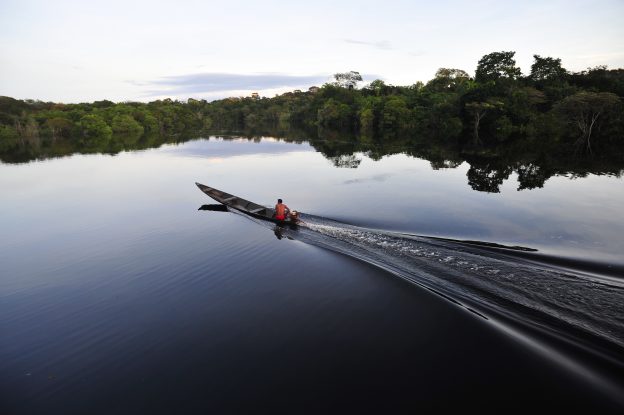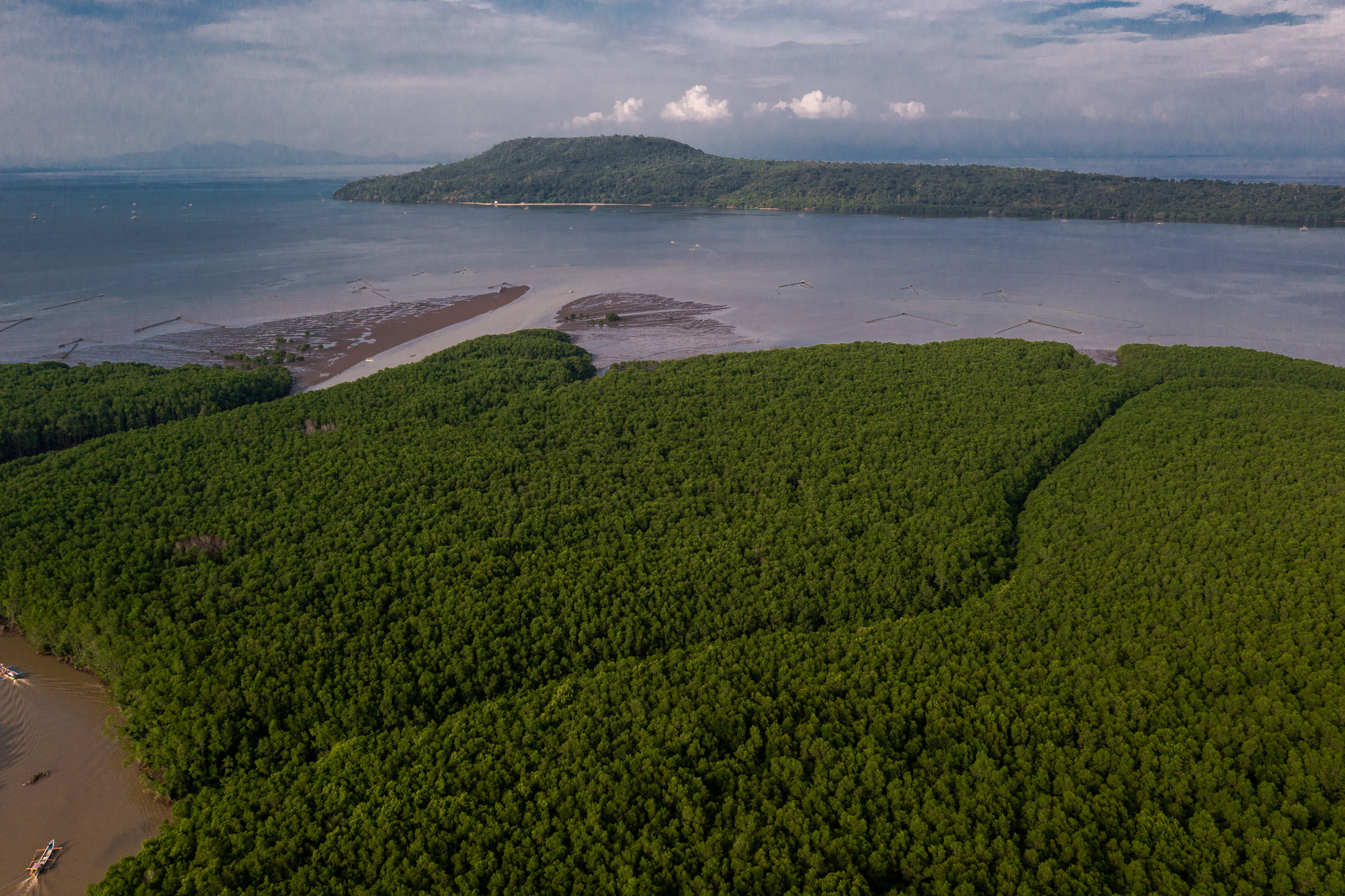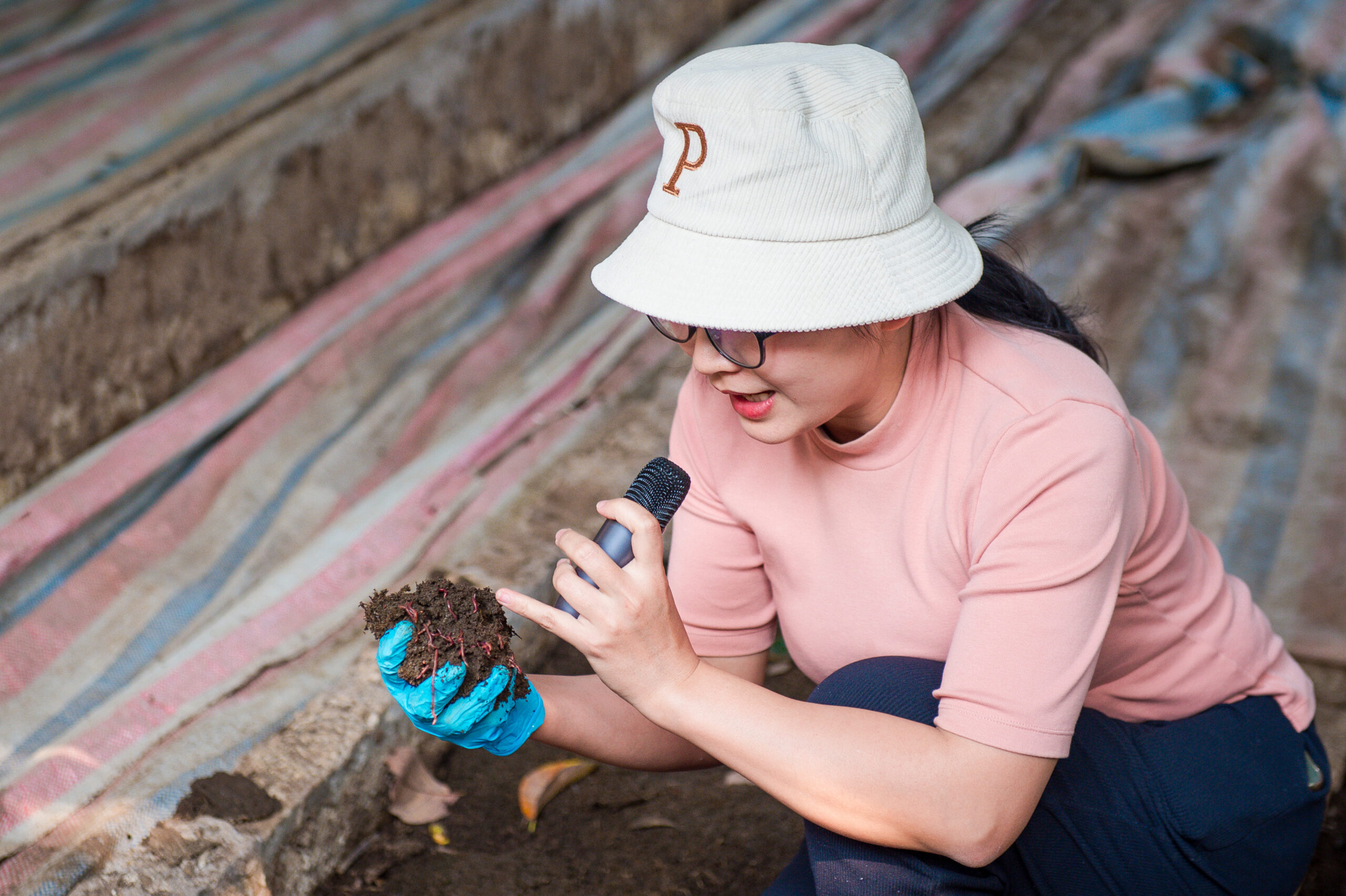Part III of VII-part series: WHAT THE WORLD CAN LEARN FROM WEST AFRICA’S UNHEARD
Arba Sondé, Tamsé, Department of Nobéré, Burkina Faso
When access to the Kaboré Tambi National Park in southern Burkina Faso was restricted in 1997, surrounding pastoralist communities faced being cut off from the land they used for their animals. Recognizing this, the government created a buffer zone outside the park boundary for the pastoralists, offering them a space to settle and their livestock a place to graze.
This gave rise to Tamsé, a village community of pastoralists in the buffer zone, benefiting from the land set aside next to the park. However, during the dry season, there is not enough water for the cattle in the buffer zone.
Kaboré Tambi National Park overlays much of the watershed of the Nazinon River, which is a rare year-round source of surface water in the area. This means that the pastoralists sometimes have no choice but to take their cattle into the park to find water. For this they are fined, as they are when any of their animals stray into the fields of adjacent agricultural communities. And so, as Arba Sondé tells us, there is a need to clearly delineate pastoralist grazing land and fields of neighbouring farming communities to prevent conflicts in the area.
WATCH Part I: Trees “for the grandchildren” in a community forest
WATCH Part II: Losing farmland and forest to a national park
WATCH Part IV: Trees and wildfire worries
WATCH Part V: Firewood for income in a degrading landscape











